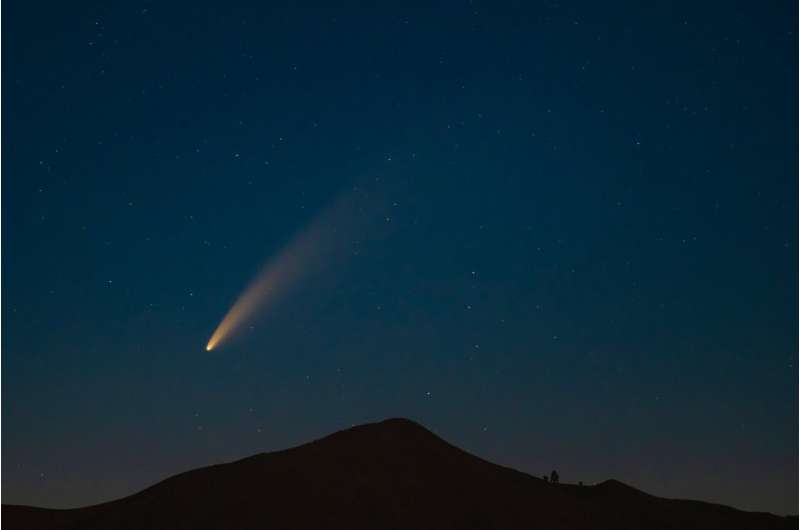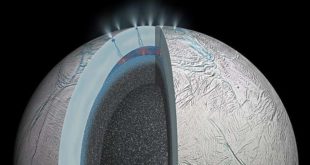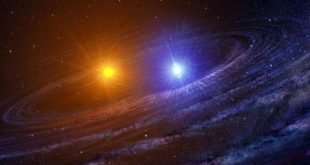
The most famous comet of all is headed back toward Earth. Halley’s comet reached aphelion—its farthest point from the sun—on Dec. 8, at which point it began its long journey back to the sun.
For the first time in 38 years, according to space.com, the cosmic snowball will begin to increase its orbital velocity on its return trip.
At aphelion, Halley had slowed to just 2,034 mph. At its most recent perihelion—its closest point to the sun—it was traveling 121,572 mph. That was back in 1986.
Before you start making travel plans to get the best look at the comet, you should know it won’t be visible to Earth until June 19, 2061, according to space.com, arriving at perihelion July 28 that year.
The Atlanta-based Centers for Disease Control and Prevention says the average life expectancy for Americans is 76.4 years. That means you have a good chance of seeing the comet if you were born in the 80s or later.
And, lucky us, Halley’s orbit will favor watchers in the Northern Hemisphere, the website states.
“Interestingly, 2061 is the mirror-image of the comet’s last appearance in the winter/early spring of 1986,” space.com wrote. “Back then, the comet was out of sight and on the opposite side of the sun in midwinter; but in midsummer of 2061 the comet will be on the same side of the sun as us, in full view, and appearing at least 10 times brighter! Then it will rapidly drop down, and upon entering the evening sky, will gradually favor more southerly locations.
“But for viewers at mid-northern latitudes the comet should still evolve into an eye-catching sight, albeit low in the west-northwest sky on early August evening,” it continued.
That, of course, depends on how much development happens in the next four decades. Bright lights could block out any comet sightings.
2023 The Atlanta Journal-Constitution. Distributed by Tribune Content Agency, LLC.
Citation:
Halley’s comet is finally headed back to the sun: When you can see it (2023, December 12)
retrieved 13 December 2023
from
This document is subject to copyright. Apart from any fair dealing for the purpose of private study or research, no
part may be reproduced without the written permission. The content is provided for information purposes only.
 Innovation Discoveries Latest Scientific Discoveries in Innovation
Innovation Discoveries Latest Scientific Discoveries in Innovation



